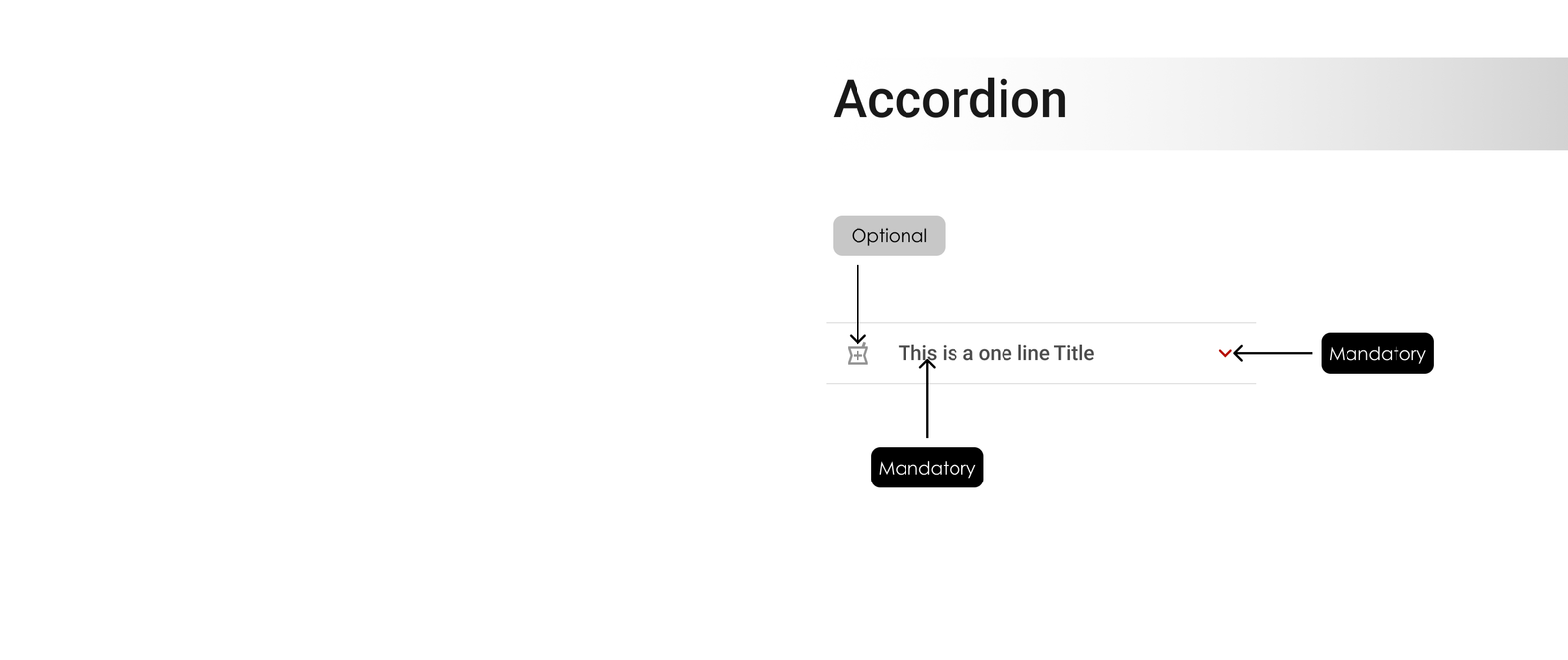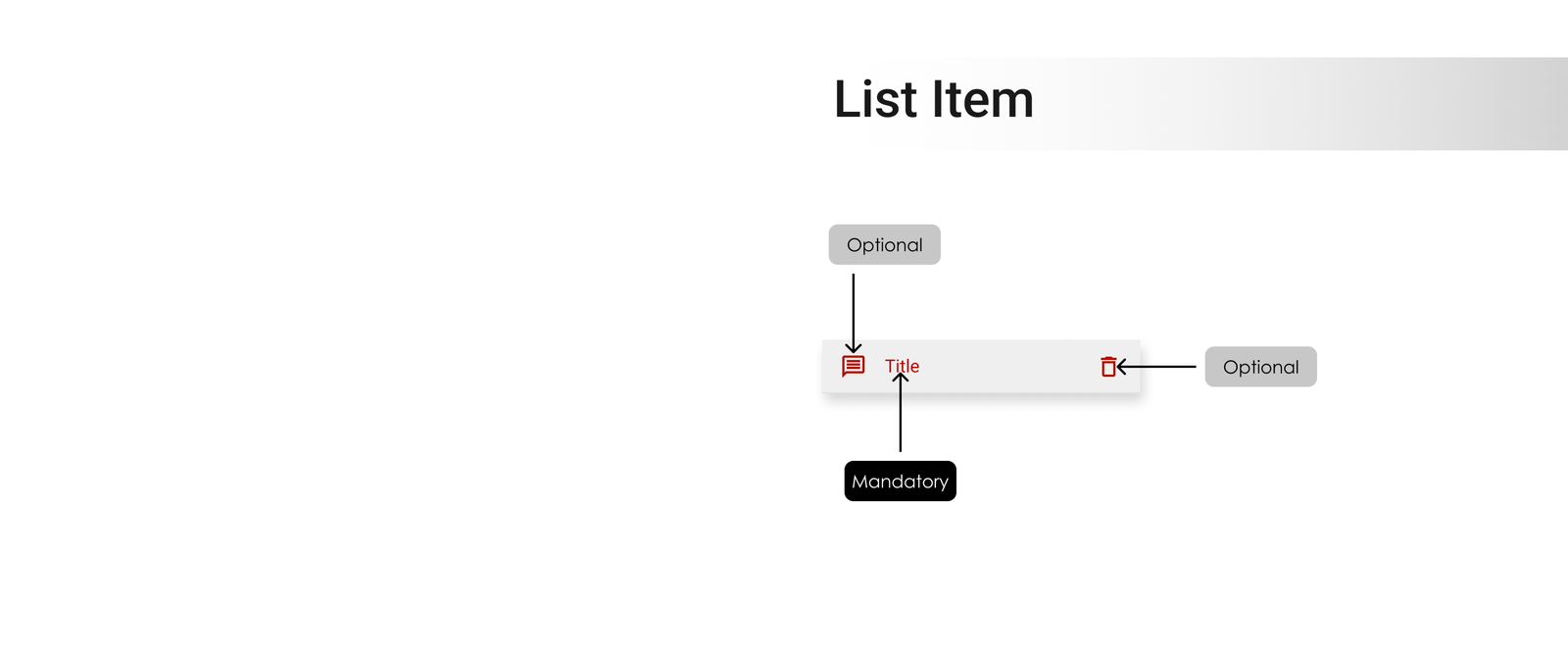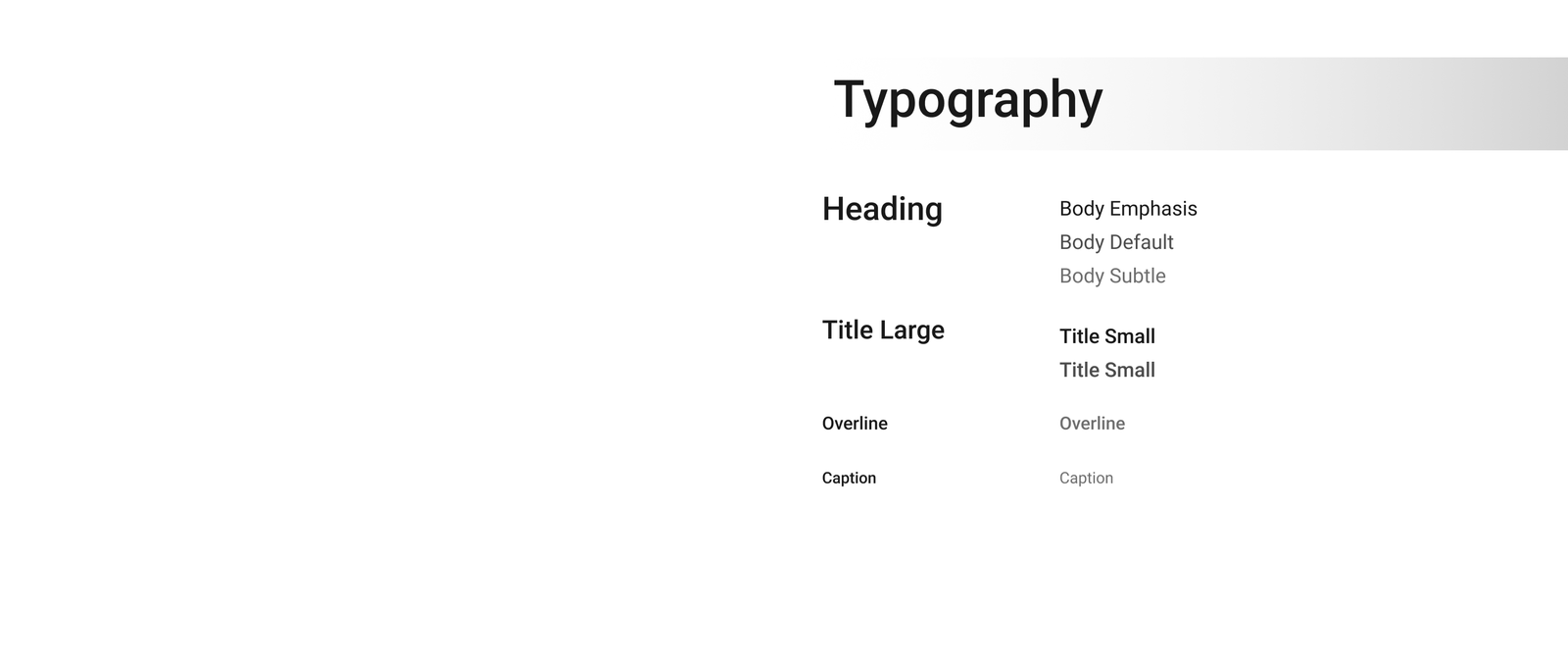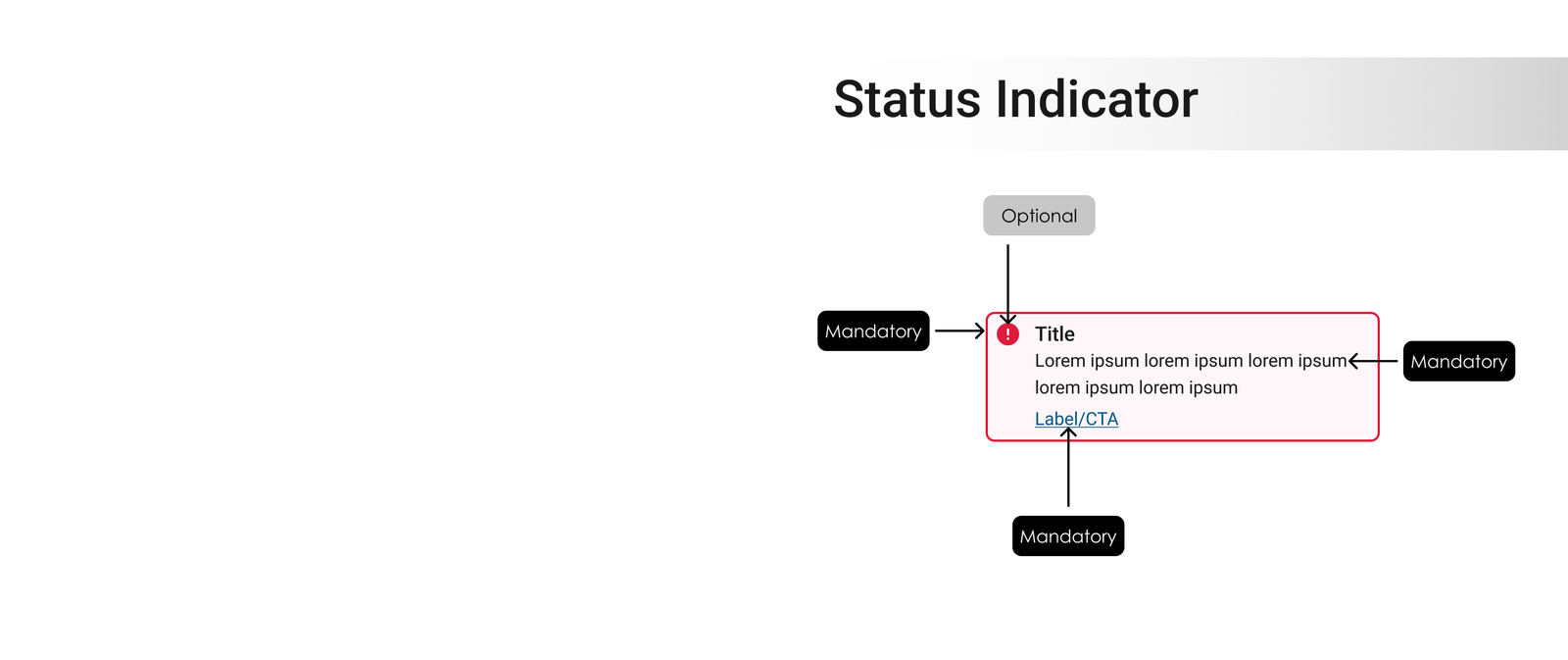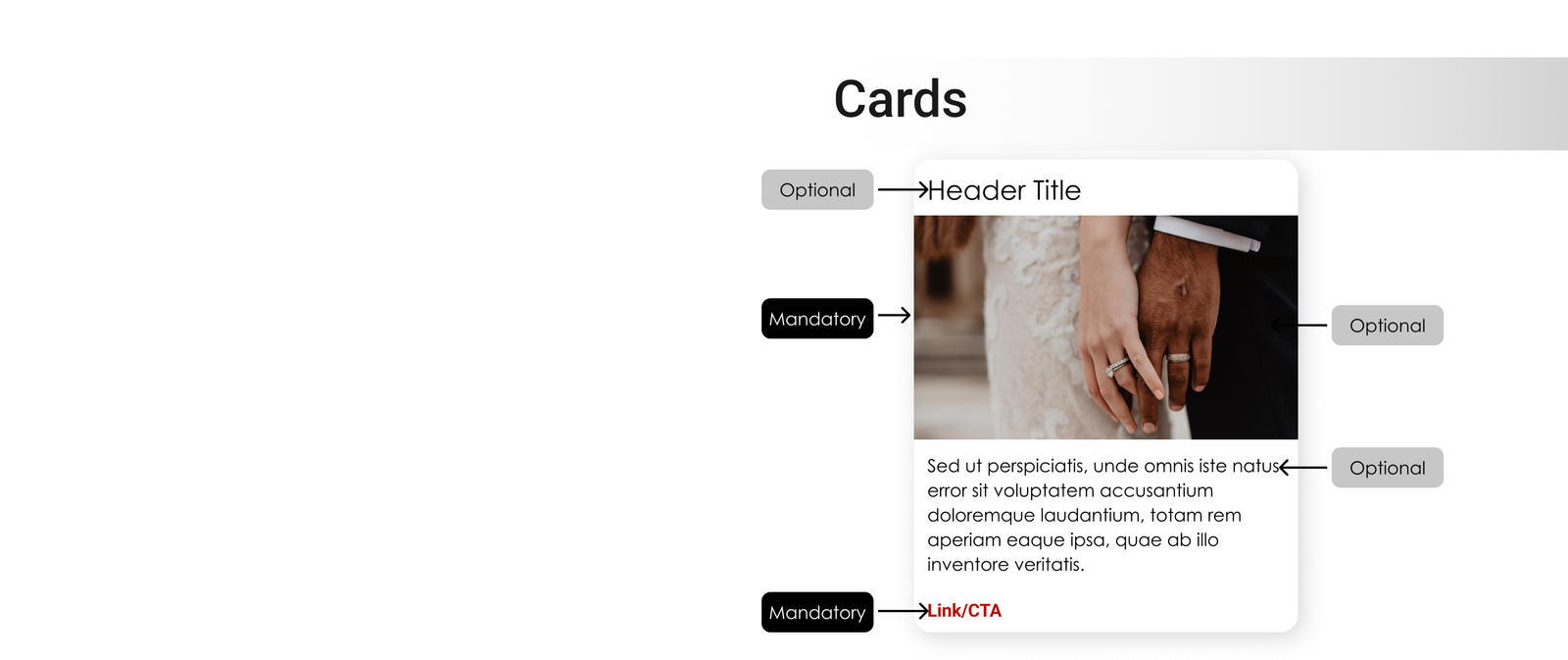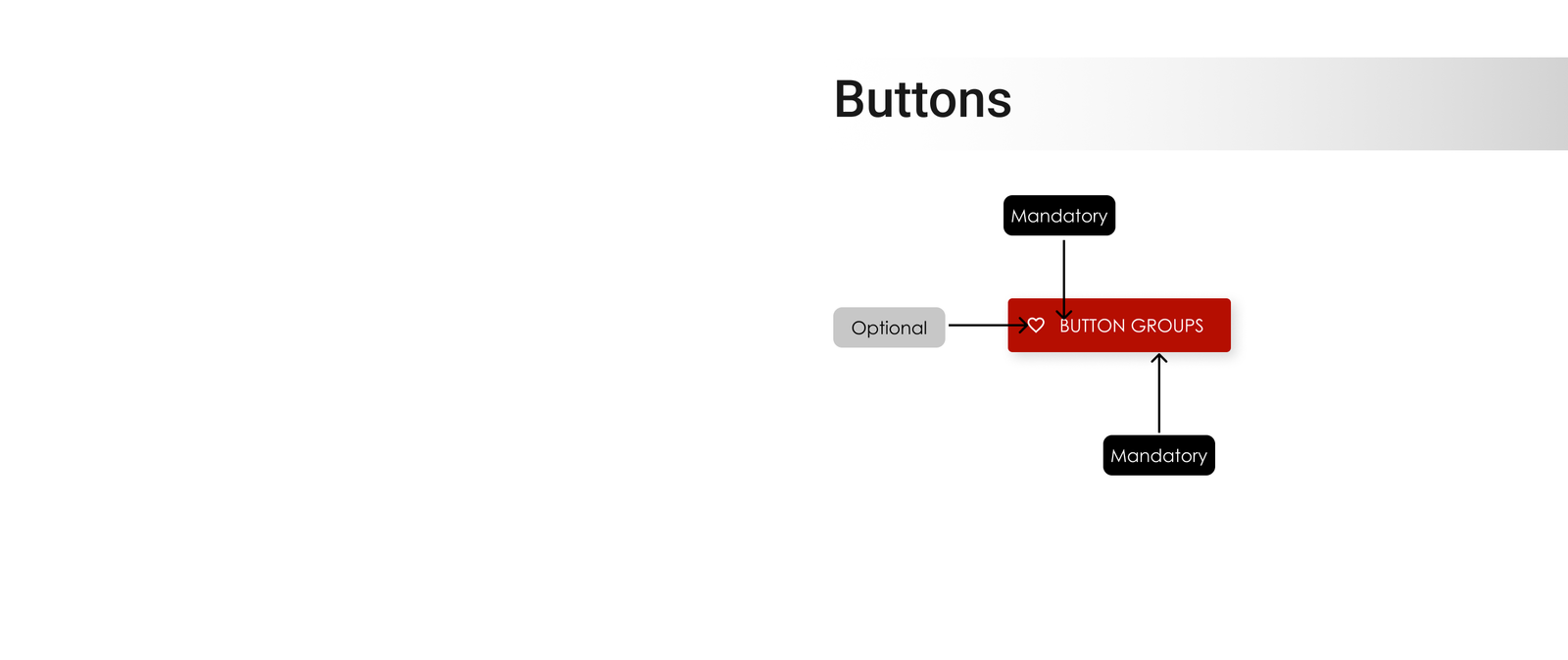
Design Systems and My Approach to Creating Them
In the dynamic realm of digital design, a UI design system transcends mere growth and adaptability to become the cornerstone for the sustained success of digital products. The fundamental characteristic of scalability ensures the system seamlessly integrates new features across diverse platforms, maintaining a consistent and user-friendly experience throughout the product’s evolution. The system’s adaptability serves as a linchpin, allowing designers and developers to respond adeptly to emerging trends, user feedback, and shifting industry landscapes, fostering a responsive digital ecosystem and enabling the product to remain relevant amidst technological advancements and evolving user expectations.
The intrinsic adaptability of the design system holds particular significance in navigating the multifaceted challenges presented by the ever-changing digital landscape. Its flexible response to emerging design paradigms, user behavior patterns, and business requirements enhances the product’s resilience, accelerating the development process and providing a structured framework for the seamless integration of innovative functionalities. This efficiency not only reduces time-to-market but also contributes to a visually cohesive and consistent user experience across various interfaces, solidifying the design system as a dynamic and future-proof solution. Ultimately, the growth and adaptability of a UI design system are imperative elements that elevate a product’s competitiveness and longevity in the ever-evolving digital ecosystem.

